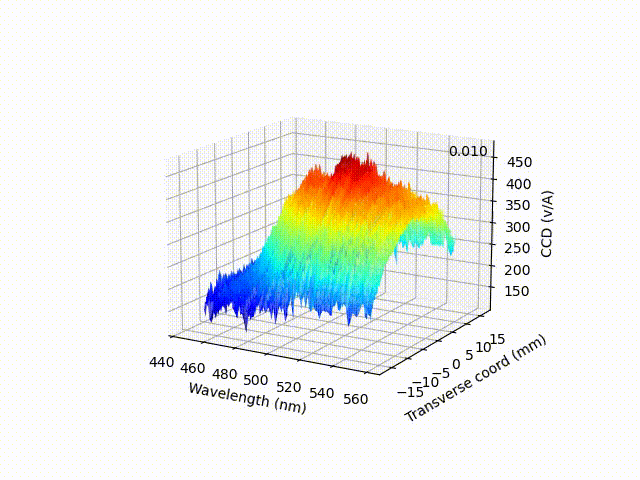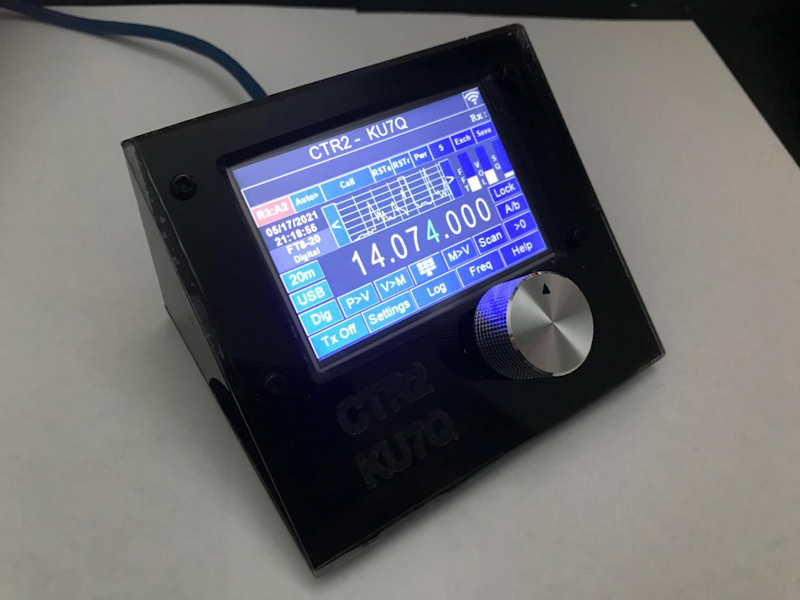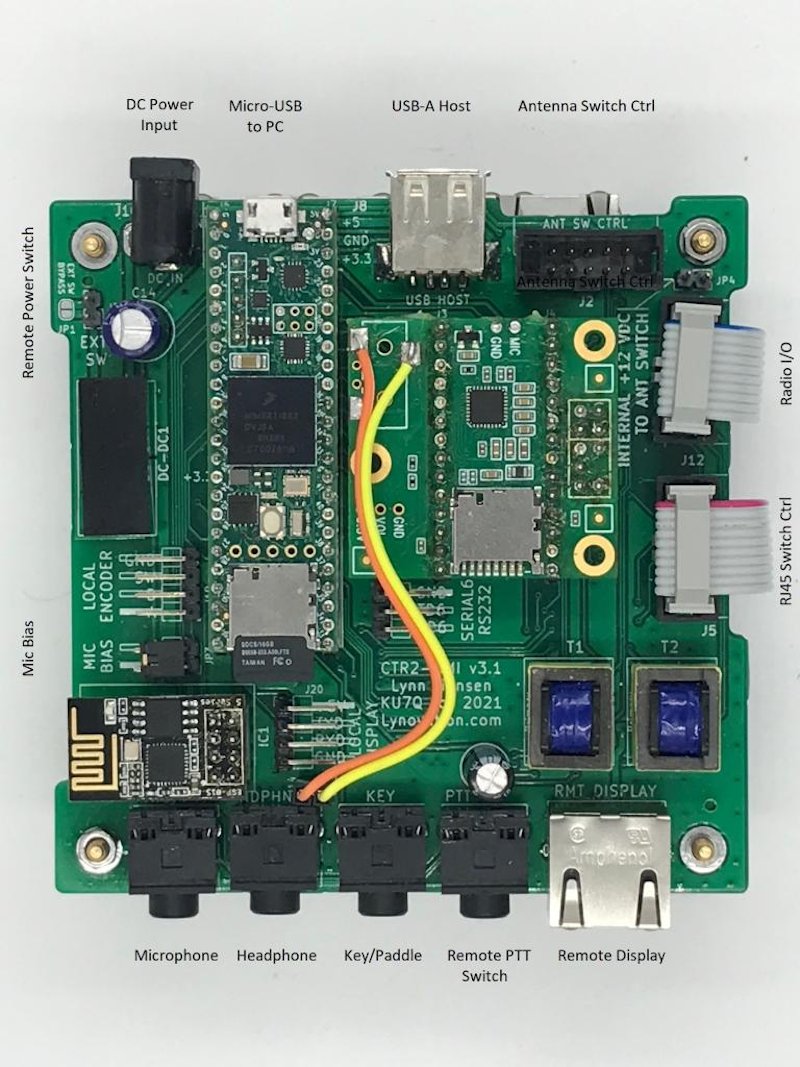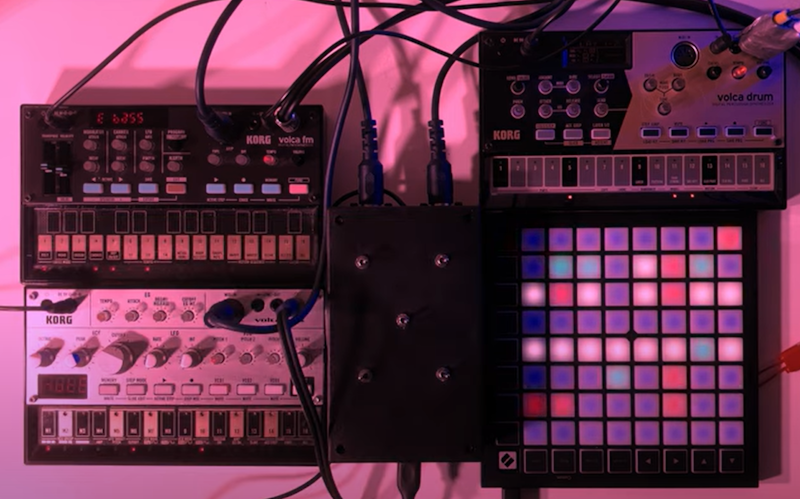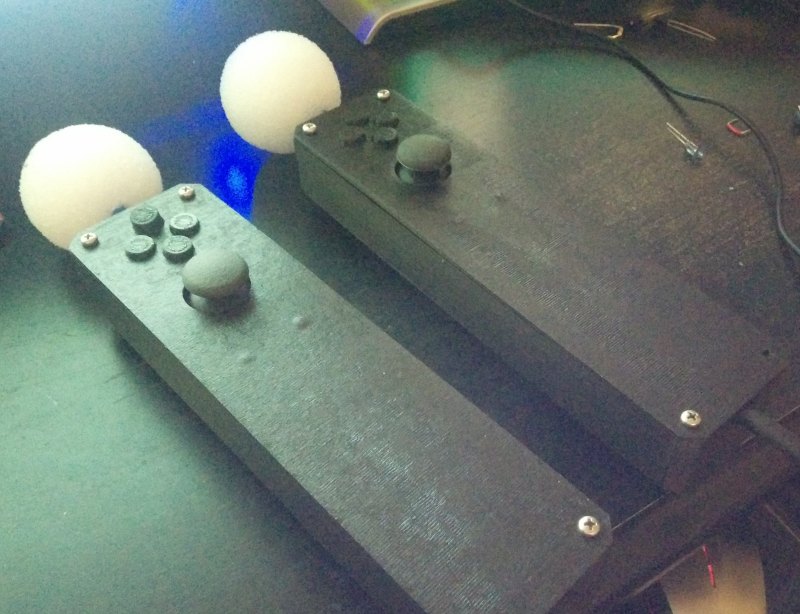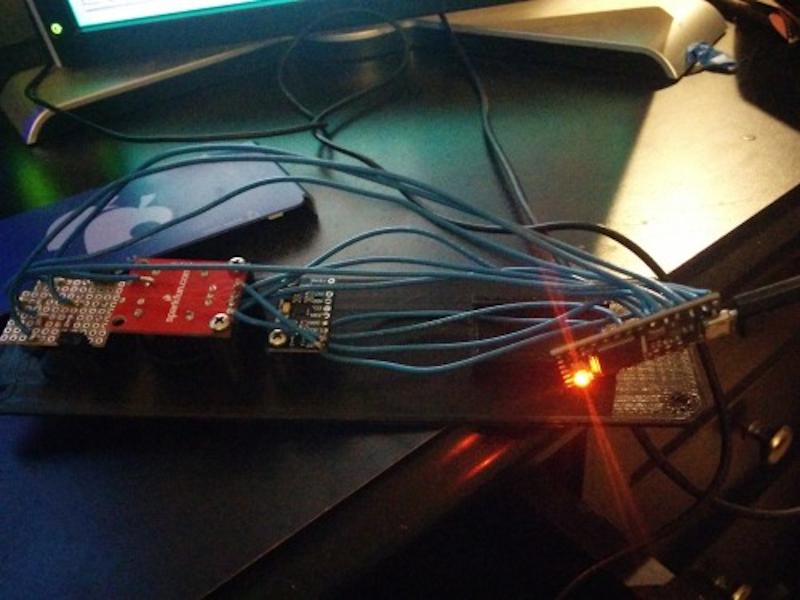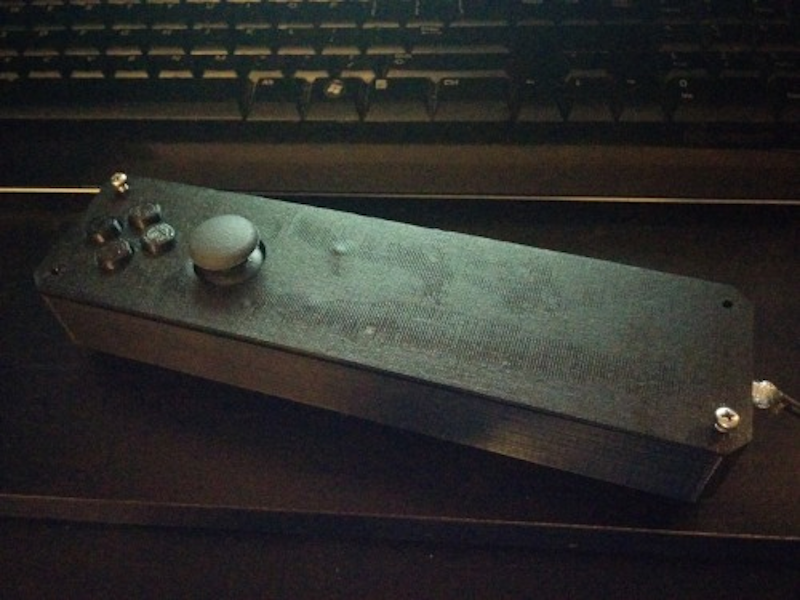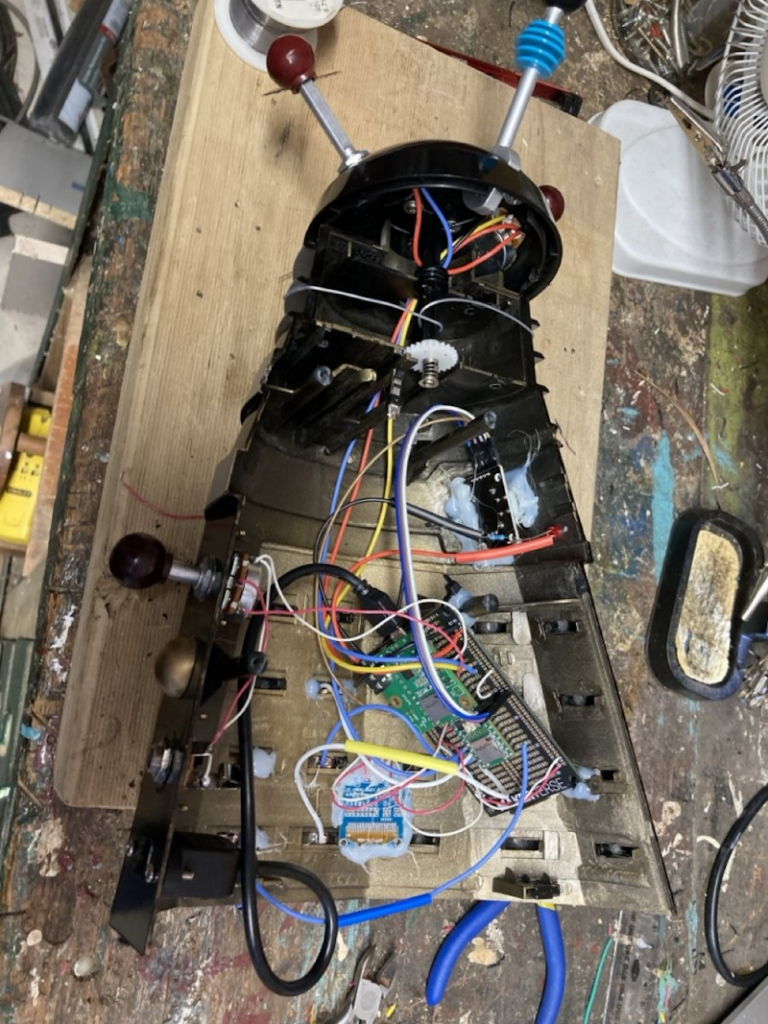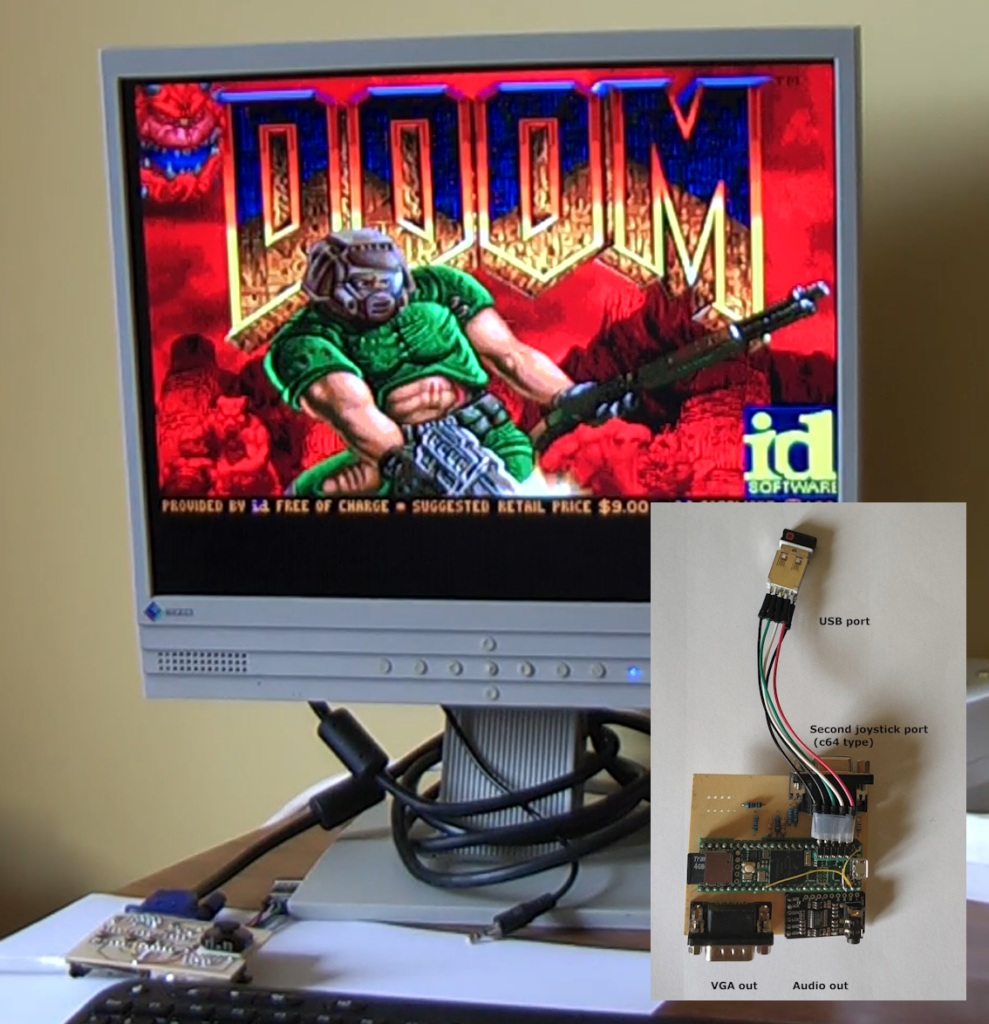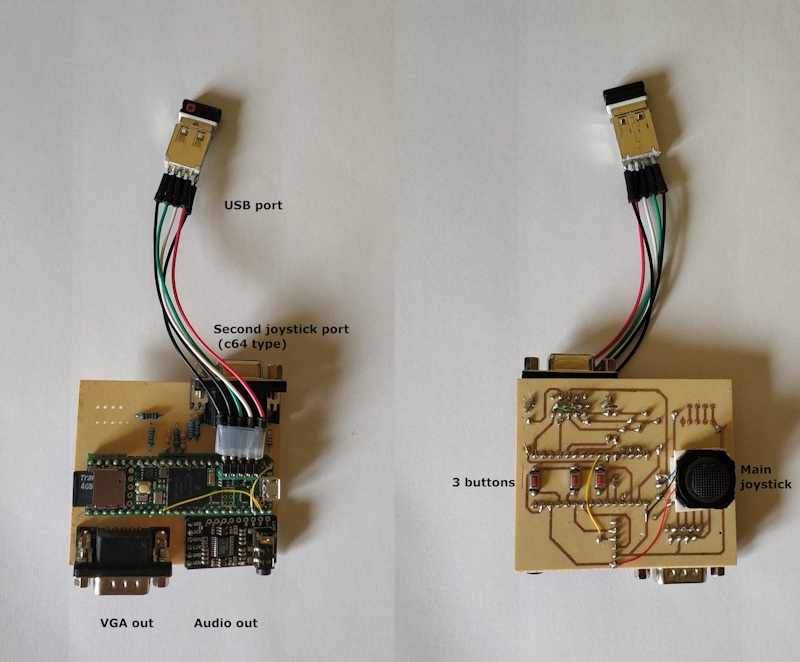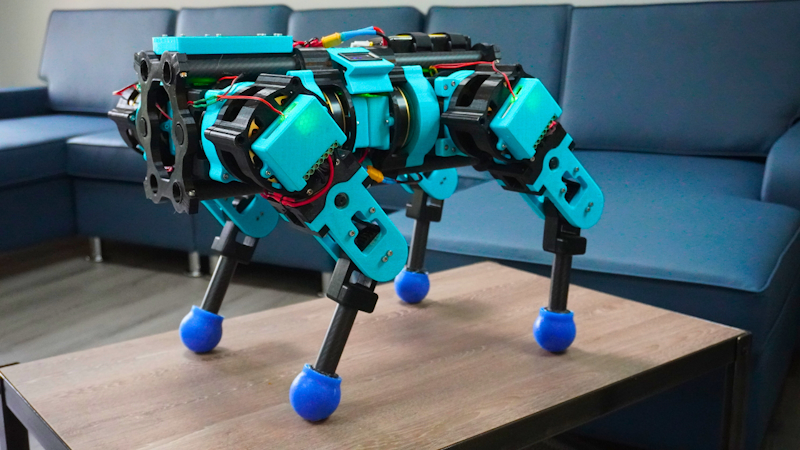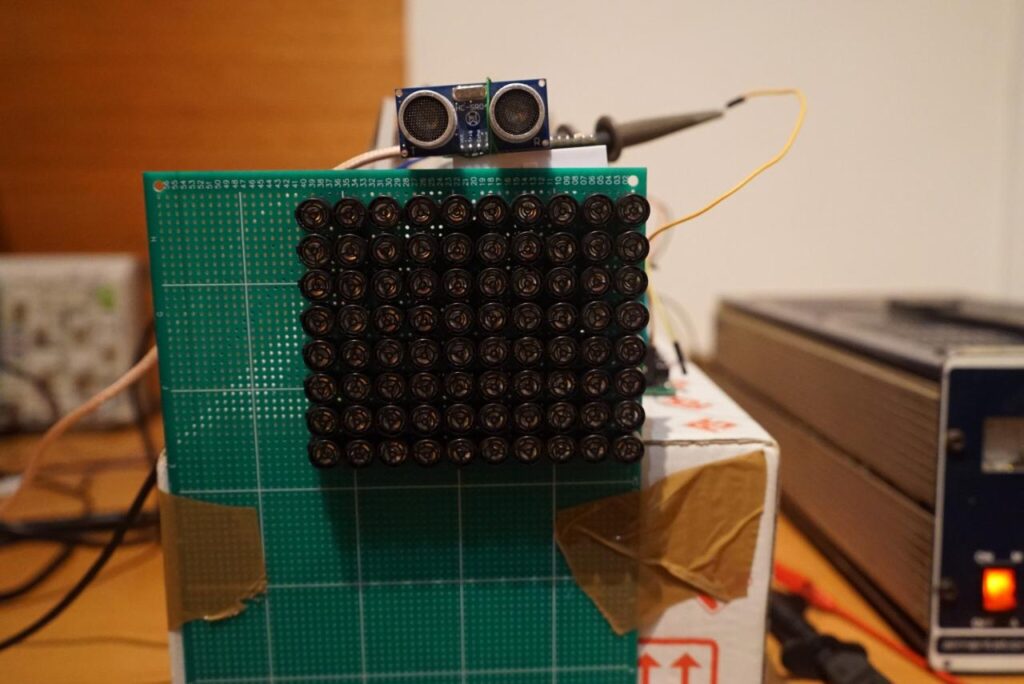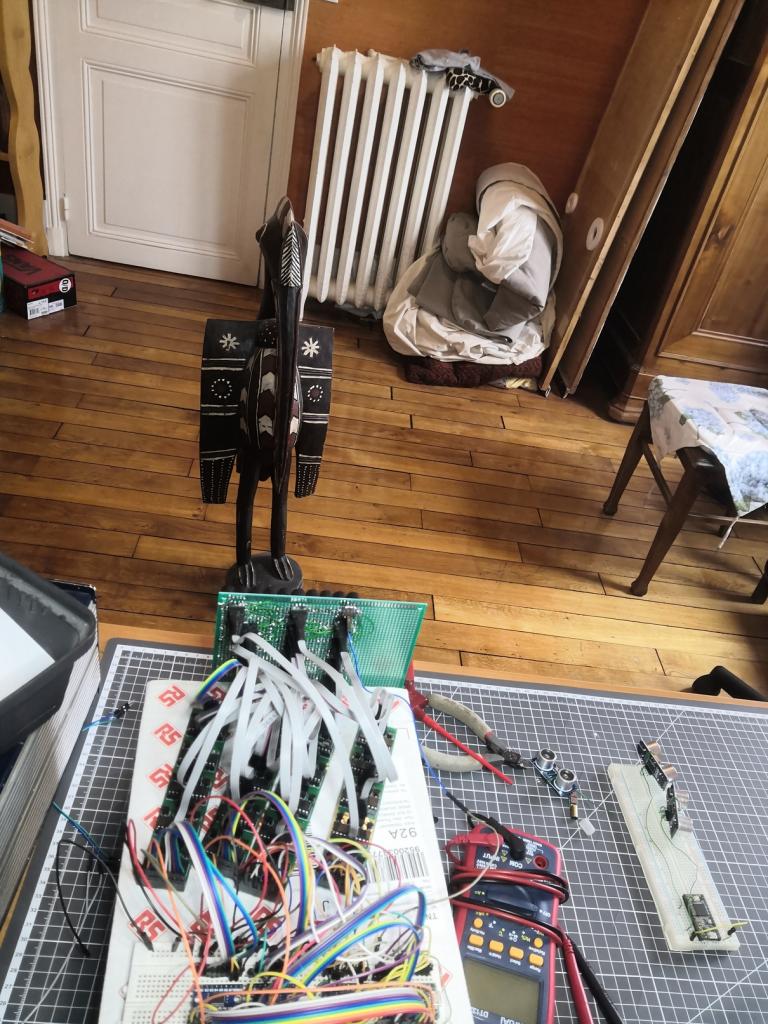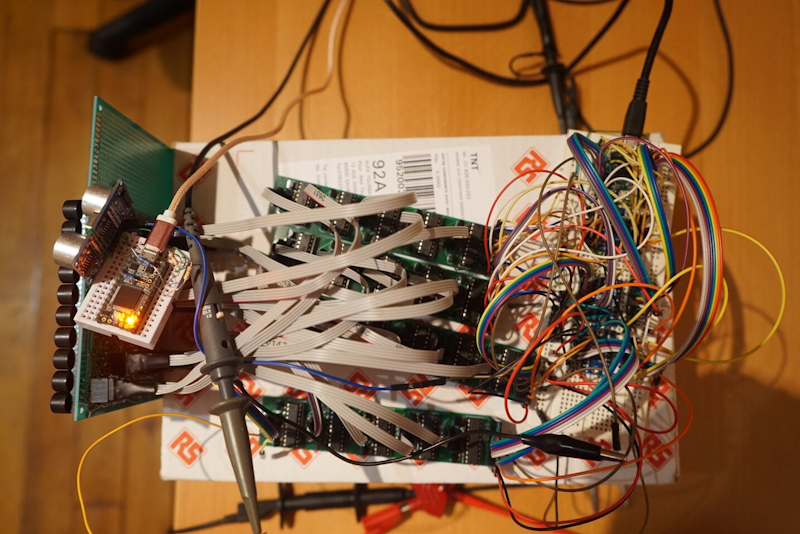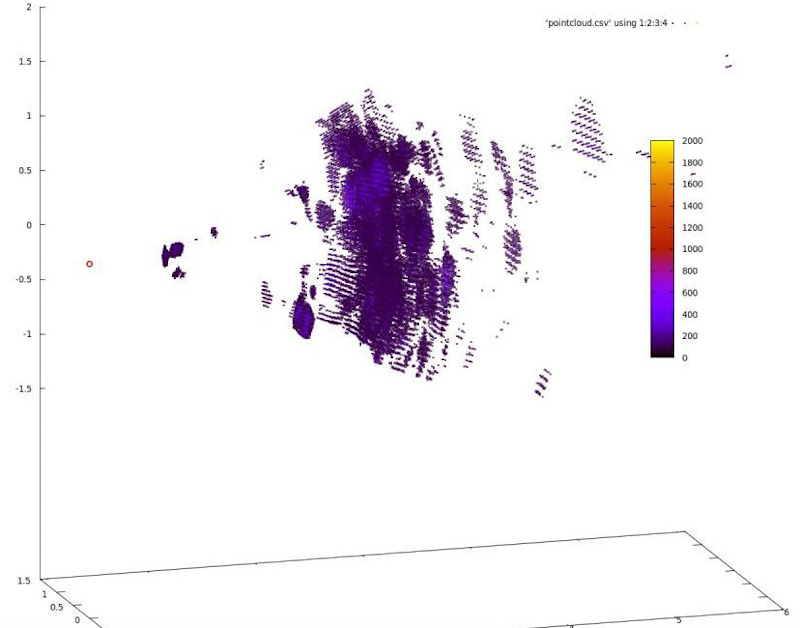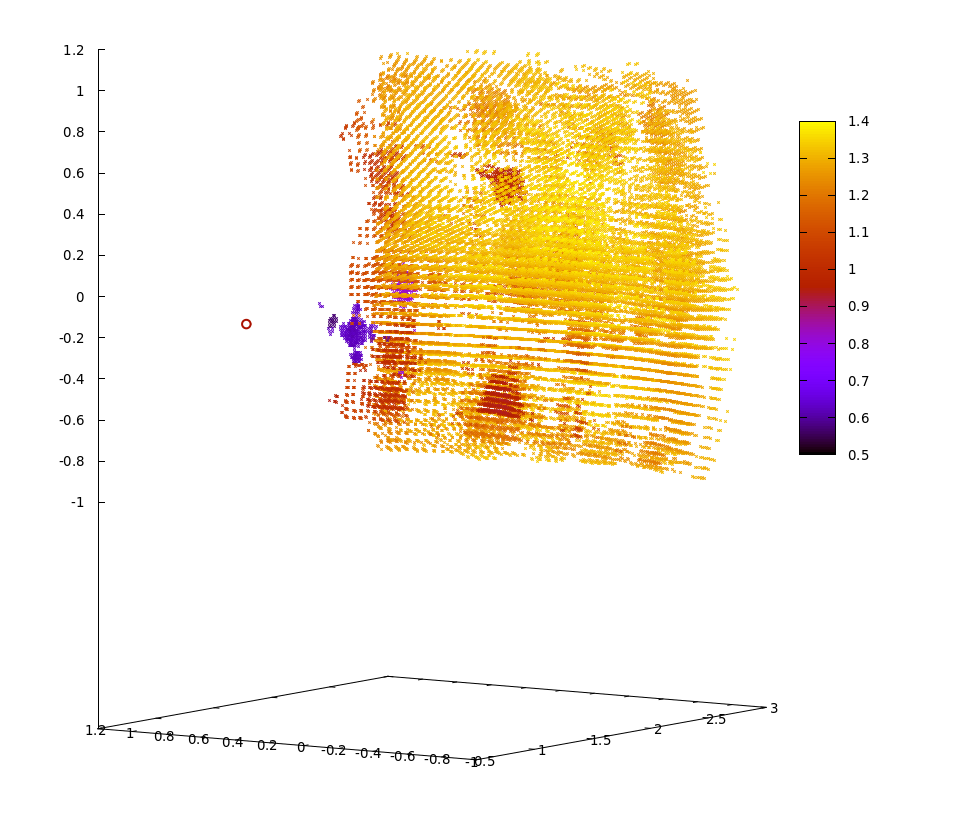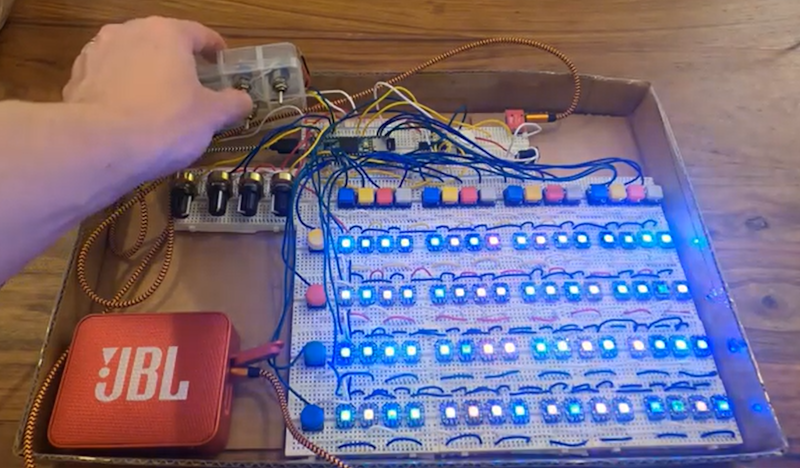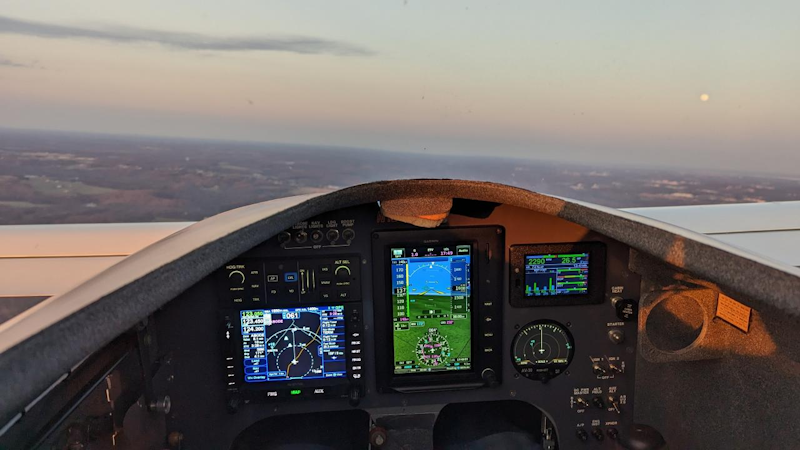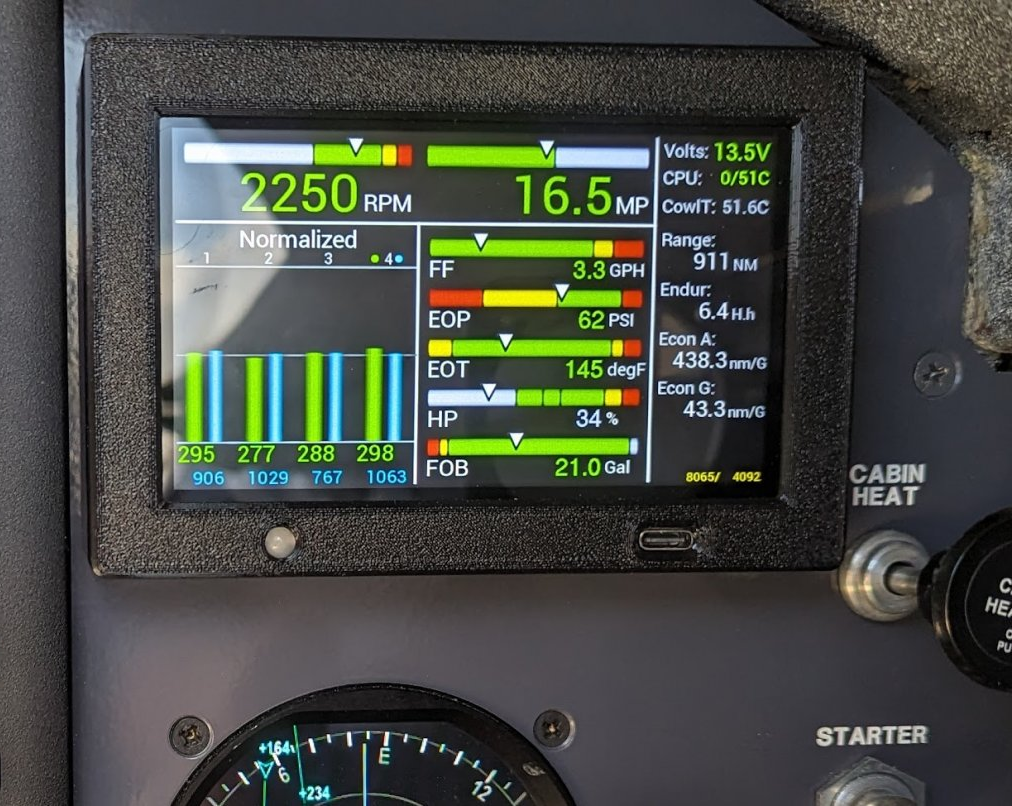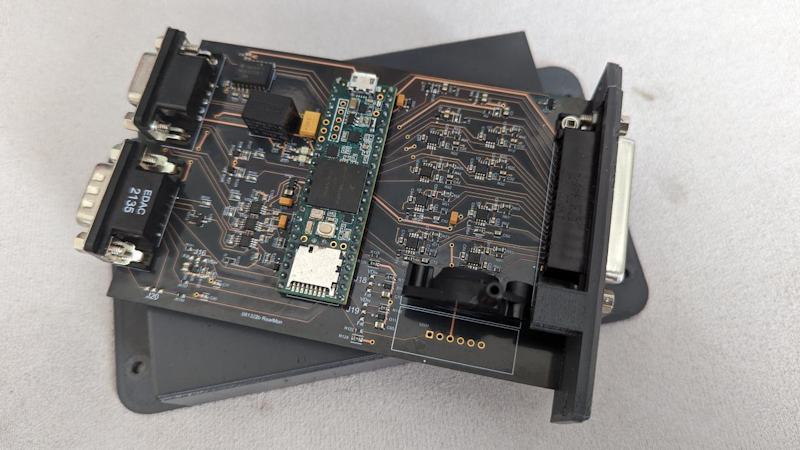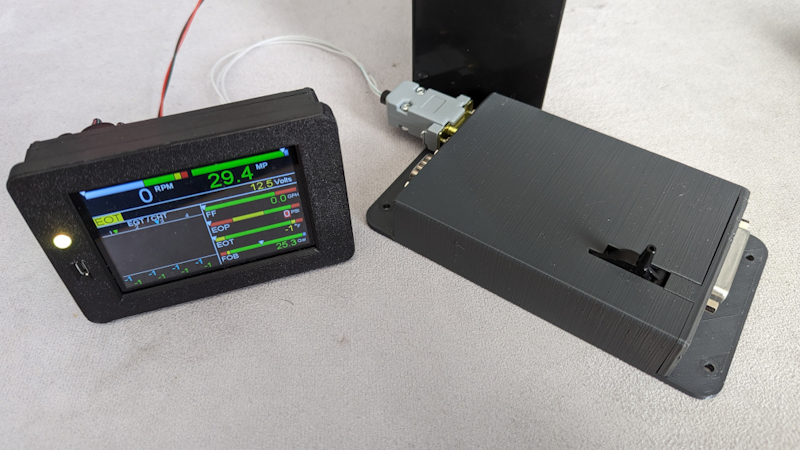DrM is a prolific creator of charge-coupled device (CCD) digital imaging projects, and the latest is a full-featured linear CCD suite with an $80 BOM cost that provides capabilities comparable to commercial instruments that might cost thousands of dollars.
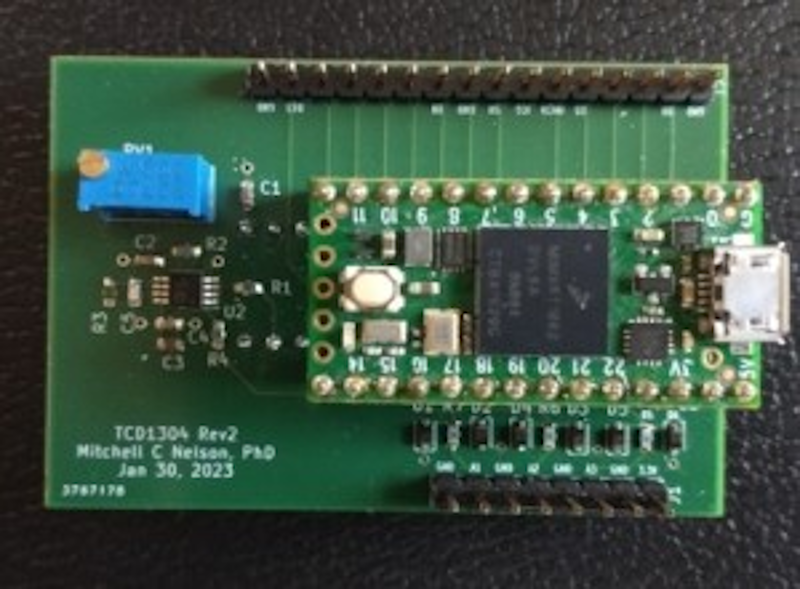
On the hardware side, the Teensy 4.0’s 12-bit ADC is paired with the Toshiba TCD1304 linear image sensor, with a full-featured firmware sketch including trigger, gate, and clocking functions.
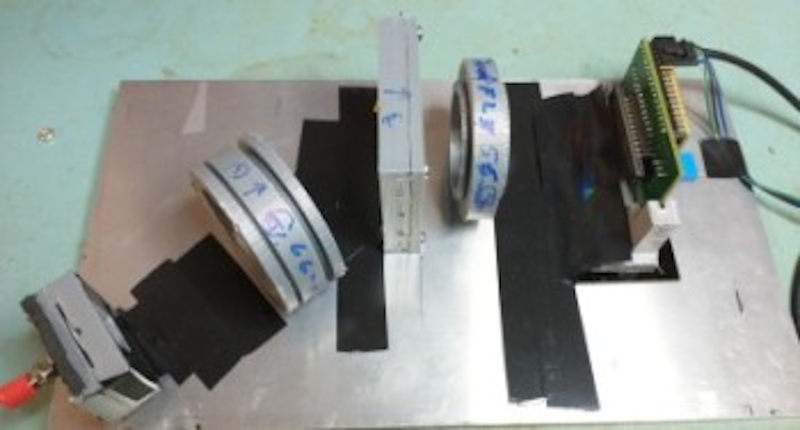
A companion Python Class library provides a command line interface for control and data collection, as well as real-time graphics. KiCad files, firmware source code, and the Python controller can all be found on GitHub, along with examples of using it as a spectrometer and for measurement of spectral-spatial-dynamics in an OLED. The output of using the sensor to record the time evolution of the spatial distribution of light produced by an OLED is displayed below.
